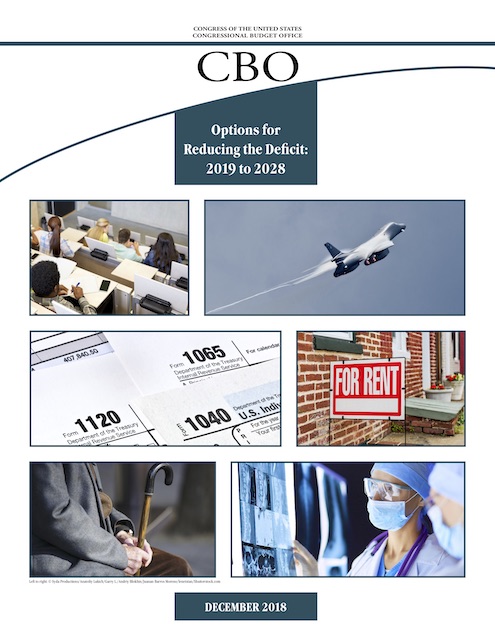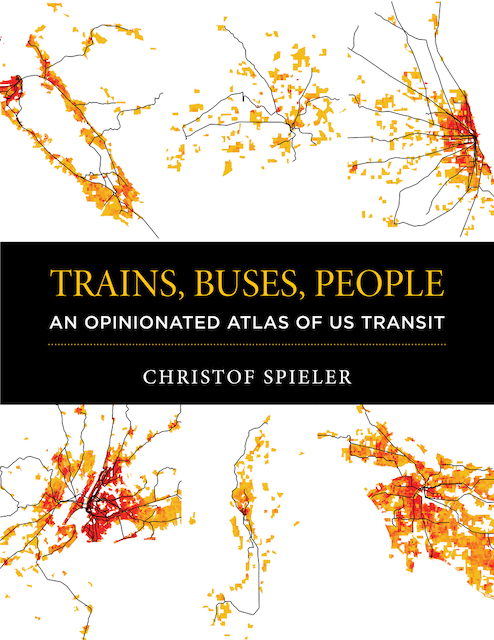The federal government could save nearly $250 billion over the next ten years if it fixed some of the problems with its transportation programs, says a new report from the Congressional Budget Office. The report lists 72 different ways Congress could reduce spending and 40 different ways it could enhance revenues in order to reduce the federal deficit. The savings in modifying transportation programs are some of the largest in the possible reductions in discretionary spending.
The report lists five specific transportation reforms:
- Eliminate funding for Amtrak, which would save $20 billion;
- Eliminate the Essential Air Service program, saving $4.5 billion;
- Limit highway and transit funding to expected revenues, saving $116 billion;
- Eliminate the Federal Transit Administration, saving $87 billion; and
- Increase the passenger fee for aviation security, saving $21 billion.









